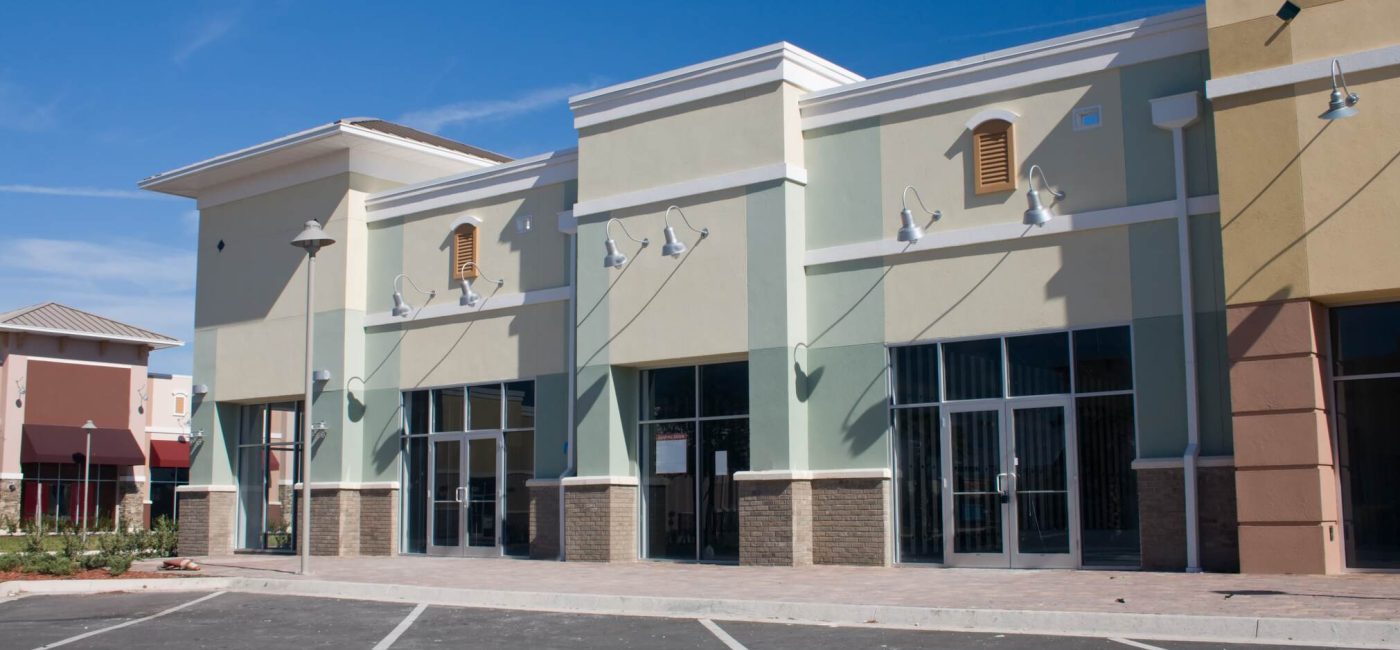What Are Ground Source Heat Pumps?
Ground source (sometimes referred to as geothermal) heat pumps (GSHPs) leverage stable subsurface temperatures to provide heating, cooling, and hot water for buildings. They operate with high efficiency, typically achieving a Coefficient of Performance (COP) of 3–6, meaning they deliver 3 to 6 units of heat for every unit of electricity consumed.
Initial costs may be higher due to ground loop installation (vertical boreholes or horizontal loops), but operating costs are significantly lower, and systems can last 25–50 years or more. Scaling GSHPs for commercial applications reduces capital cost per unit of energy and shortens payback times to just 1–5 years versus conventional systems.
Sustainability & Regulatory Drivers
GEO-NII emphasizes that GSHPs not only reduce on-site emissions, they also enhance grid resilience and serve as non-wires/pipeline alternatives (NWAs/NPAs) for utilities. Beneficial federal policy momentum includes DOE reports like the January 2025 “Pathways to Commercial Liftoff” study, which found that national-scale GSHP deployment could:
- Save approximately $300 billion in grid-service costs by 2050.
- Reduce peak grid demand and avoid costly infrastructure.
- Eliminate 433 million tonnes of CO₂ emissions annually.
- Generate $80 billion in annual energy cost savings.
For commercial real estate, this positions GSHPs not just as HVAC upgrades but as strategic investments with long-term value.
Enhancing Property Value
1. Operational Savings
Commercial buildings are energy intensive. GEO-NII cites DOE data showing that GSHPs can reduce space-conditioning source energy consumption by ~0.84 quads if deployed across commercial spaces. This translates to tens of percent in utility savings for individual properties.
2. Reduced Maintenance & Longevity
GSHP systems feature fewer moving parts outdoors (no conventional compressors or cooling towers), resulting in lower maintenance costs, reduced vandalism risk, and longer lifespans—often outlasting the building they serve. This translates into better capital retention for owners and less operational volatility.
3. Grid Benefits = Community ROI
When utilities treat GSHP loops like infrastructure assets—owning and implementing them as Distributed Energy Resources (DERs)—they can defer grid upgrades (poles, transformers, wires), reducing energy rates for all consumers. Commercial real estate projects benefit from this systemic saving indirectly, making them more attractive to investors.
4. Green Certifications & Leasing Premiums
ESG-minded landlords and tenants increasingly seek buildings with low-carbon credentials. GSHP-equipped properties often qualify for LEED, BREEAM, ENERGY STAR, and other green labels more easily. These certifications can unlock higher rents or sale prices—studies show ESG-certified properties command a 3–10% premium in both leasing and sale transactions.
Tenant Attraction & Retention
1. Lower Operating Costs
Savvy tenants understand energy is a controllable expense. Offering baseload heating and cooling via GSHP with predictable, low per-square-foot utility costs can make a property stand out in competitive markets.
2. Comfort & Indoor Air Quality
GSHP systems excel at maintaining steady indoor temperatures and humidity, thereby enhancing occupant comfort and productivity. Properties equipped with them can market their superior indoor air quality, attracting discerning tenants (e.g., tech firms, healthcare, and education).
3. Brand & Environmental Positioning
Tenants and substantial enterprises prioritize sustainability in their own ESG frameworks. Occupying a geothermal-equipped building signals corporate responsibility, aiding tenant branding, employee attraction, supply chain partnerships, and even meeting procurement thresholds.
4. Reduced Downtime & Disruption
Long-lasting, low-maintenance GSHP systems result in fewer unexpected breakdowns and disruptive repairs, which are essential for businesses requiring consistent uptime—such as data centers, laboratories, and healthcare facilities.
Financing Models & Utility Partnerships
GEO-NII highlights a significant barrier: upfront ground loop costs. But innovative financing is changing this:
- Utility/third-party ownership: Utilities can own and finance the ground loop, leasing capacity to building owners. This removes a hefty capital barrier and treats geothermal as an on-bill infrastructure.
- Non-wires alternatives (NWAs): Utilities, under state regulatory frameworks, fund grid-deferring systems—including GSHP—as alternatives to poles and wires.
- DER integration: As GSHP loops are DERs, they can participate in energy market services—perhaps qualifying for demand-response programs or thermal storage credits.
These models significantly reduce risk and initial investment for landlords while unlocking predictable operational savings.
Commercial Case Studies & Market Context
GEO-NII cites commercial-scale studies: In 2016, ORNL projected that GSHP retrofits could save 0.84 quads of energy nationally. DOE’s 2025 commercial liftoff report reaffirms the transformative potential—especially in terms of return on investment, grid deferral, and emissions reduction.
Internationally, GSHP systems in schools and public buildings demonstrate peer‐validated value. Mass retrofit programs have shown average energy savings of 20–50%, with typical ROI periods under 8 years in commercial settings.
Conclusion
Ground source heat pumps in commercial real estate go far beyond mere HVAC upgrades. As GEO-NII ably illustrates, when ground loop infrastructure is financed or owned by utilities and recognized as a DER/NWA, GSHP adoption suddenly becomes cost-competitive—offering:
- Lower energy bills and predictable operating expenses.
- Reduced maintenance, longer asset life, and fewer disruptions.
- ESG-friendly positioning that helps secure tenants and premium rents.
- Grid-scale benefits and enhanced community resilience.
For property owners and investors, GSHPs represent a strategic lever, delivering both financial returns and market differentiation. For tenants, they offer comfort, reliability, and sustainability. Combining policy incentives, utility partnerships, and mature GSHP technology, commercial properties are well-positioned to capitalize on this quiet but powerful revolution in building systems.

